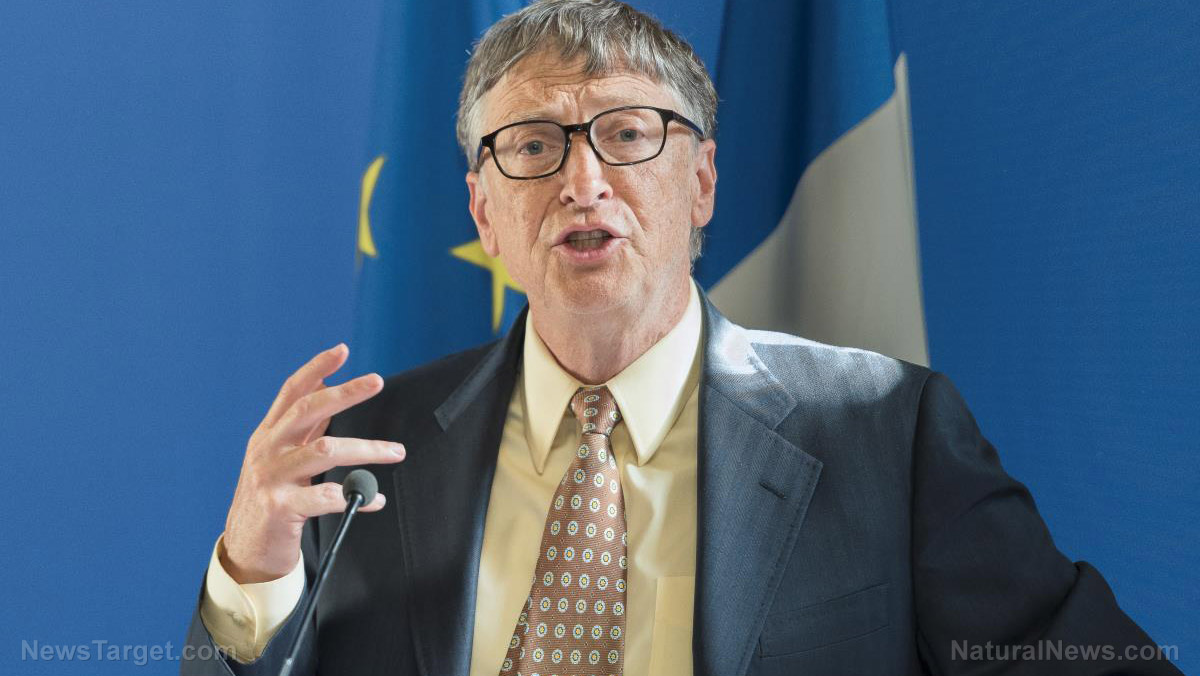
Advertisement
Hungry Philadelphia residents – even those who normally can’t afford to dine out – can now enjoy a freshly prepared sit-down restaurant meal, thanks to EAT Café, a newly-opened restaurant that operates on a “pay-what-you-can” basis.
EAT Café, which opened in October, is already doing a booming business, with lines of customers sometimes stretching beyond the front door. From all indications, the concept is working – at least so far – with some diners paying more than the suggested amount for a meal and others paying less or even nothing (although most customers usually pay something, even if it’s a small amount).
The inspiration to open EAT Café – “EAT” stands for “Everyone At the Table” – originated with Mariana Chilton, director of the Center for Hunger-Free Communities at Drexel University.
About five years ago, Chilton realized something disturbing about poorer urban neighborhoods such as those in Philadelphia.
“Sit-down restaurants don’t even exist in many low-income neighborhoods,” she told NPR.
“There will be take-out spots or some fast food, but that’s really it. … It’s as if we have this idea that poor people don’t deserve to go out to eat.”
How the EAT Café project originated
Chilton decided to raise funds for a non-profit pay-what-you-can restaurant similar to those established in other cities. She managed to raise $250,000 in grant money to get the project started, but she had no experience in the restaurant business.
A fortuitous meeting with two local restaurateurs, Marc Vetri and Jeff Benjamin, who were already active in a program involving feeding Philadelphia schoolchildren, led to a three-way partnership and the finalization of plans to open EAT Café.
Vetri and Benjamin knew that choosing the right location for the venture would be crucial to its success. Chilton had originally planned to open the cafe in the heart of one of Philly’s impoverished neighborhoods, but her new partners convinced her to locate the business in an area where it could be patronized by people with varying incomes.
From NPR:
“For the concept to thrive, the restaurant needed to be in an area where it could draw on a variety of customers — those who could afford to pay the $15 suggested price for a three-course meal, and those who could not.”
The trio decided on a location that sat at the edge of several neighborhoods – some of them lower-income, some more affluent – and the strategy appears to have been successful.
Six weeks after opening, the cafe is full of customers and the pay-what-you-can system is working. The average amount paid for meals has been $12.31, just a few dollars lower than the cafe’s suggested amount, with an estimated 40 percent of clientele paying less than the full amount, while others pay more.
Much of the food for the cafe is bought from vendors, but community gardens and other local businesses also donate to the project.
The cafe has gained the respect of formerly skeptical neighbors who feared that the business “was just going to be another soup kitchen,” according to EAT Café advisory committee member, Kevin Brown.
“But now that it’s open, they see that everything is made with love and care,” he added. “I’d like to see that this place inspires other people to open traditional restaurants in this area — bring their gastropub here instead of downtown.”
Pay-what-you-can restaurant concept catching on
Pay-what-you-can restaurants have been becoming more popular in cities throughout the country. The most famous one, perhaps, is JBJ Soul Kitchen in New Jersey.
Founded by rock legend Jon Bon Jovi, JBJ Soul Kitchen’s two locations have now served more than 60,000 meals and operate on similar principles to those employed at EAT Café. Those who can’t afford a meal can volunteer an hour of their time as payment.
In an era of increasing food insecurity, pay-what-you-can restaurants could eventually play an important role in keeping America’s less fortunate citizens from going hungry.
Sources:
Advertisements







